What is Acromioclavicular arthritis?
The acromioclavicular joint (AC joint) is located where the collarbone and the top of the shoulder blade meet. Acromioclavicular arthritis presents as pain and tenderness at the top of the shoulder at the AC joint, or as difficulty reaching the arm across the front or back of the body. Swelling and stiffness after periods of inactivity may also occur. Acromioclavicular arthritis can be caused by genetics, aging, or a prior injury.
Diagnosing Acromioclavicular Arthritis
We begin with a physical exam; we may perform a cross-body adduction test and compare the range of motion of the affected shoulder with the unaffected shoulder. We may also use X-rays or MRIs to see whether there is loss of cartilage or increased fluids and swelling.
Non-invasive and Non-Surgical Treatment for Acromioclavicular Arthritis
To reduce pain and slow the degenerative process, treatment begins with activity modification, hot and cold compresses, and over-the-counter NSAIDs. Patients with acromioclavicular arthritis may benefit from exercises to stretch and strengthen the muscles and help to maintain the shoulder’s range of motion. We may recommend steroid injections to reduce pain.
Acromioclavicular Arthritis Surgery
When a more conservative approach fails to provide adequate relief, we may recommend AC joint arthroscopy to remove loose pieces of damaged cartilage, AC joint decompression to remove osteophytes and reduce bone-to-bone friction, or a resection of the distal clavicle, in which a small portion of the clavicle is removed to eliminate friction with the scapula. Resection of the distal clavicle can be performed arthroscopically, and has provided pain relief for many patients who suffer from moderate to severe acromioclavicular arthritis.
